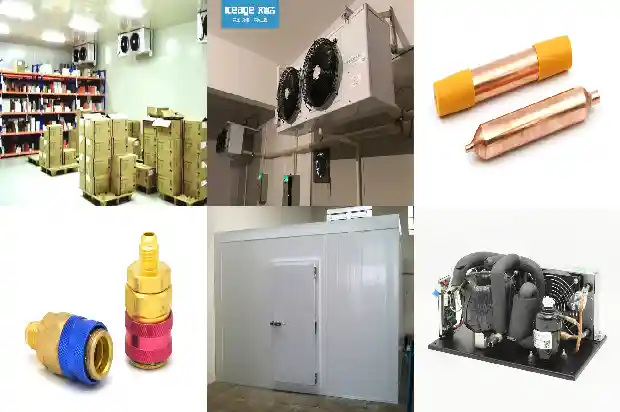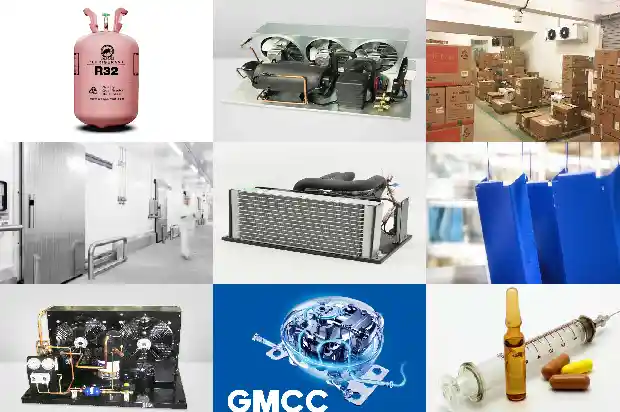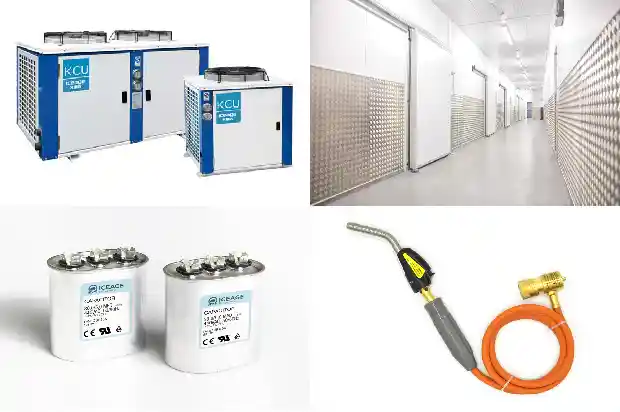What are the important significances of a warm environment for various types of food?
2024-09-09
A cold storage is a warehouse that uses cooling facilities to create suitable humidity and low-temperature conditions. In addition to having the storage function of an ordinary warehouse, it can also extend the storage period of stored products. The installation of cold storage is of great significance for food storage in the food industry, especially for the storage of perishable foods.

The installation of food cold storage for food refrigeration is also known as low-temperature storage, which refers to storing food under low-temperature environmental conditions at 0 °C or slightly above the freezing point of food. The significance of a low-temperature environment for various types of food lies in preventing food from spoiling and deteriorating and maintaining the freshness and nutritional value of food by inhibiting the activities of microorganisms and enzymes and reducing the activity in the food matrix.
When food cold storage is used to store animal foods such as poultry, livestock, and fish, the most worrying thing is bacterial contamination during storage, and the rapid reproduction of bacteria causes food spoilage. A low-temperature environment can inhibit the activity and reproduction of microorganisms.

The harvest seasons of various fruits are coming one after another, and the number of enterprises and individuals building and using food cold storages is also increasing day by day.

However, it should be noted that the low-temperature environment for plant foods such as fruits and vegetables is different from that for animal foods such as poultry, livestock, and fish. Plant foods such as fruits and vegetables cannot be placed in a -30 °C quick-freezing or -18 °C refrigeration temperature, otherwise it will cause physiological diseases of plant foods or even freeze them to death. Therefore, the refrigeration temperature for plant foods should be selected close to their freezing point but without causing the plants to freeze to death.
Based on the above introduction, low-temperature environments are continuously required in environments such as production, transportation, storage, and sales during food circulation.

Related Articles
- What Sensors Are Used for Leak Detection of R1234yf, the New Generation of Environmentally Friendly Refrigerant?
- Introduction to Basic Types of Cold Storage
- Cleaning Methods for Different Types of Condensers in Refrigeration Devices
- Types and Temperature Requirements of Seed Cold Storages
- Introduction to Types of Condensers in Cold Storage
- 5 Common Types of Refrigeration Compressors
- Four types of flammable and explosive refrigerants
- The characteristics and uses of 26 types of air conditioning refrigerants
- Requirements and Maintenance for Building Meat Food Cold Storage
- How to Prevent and Remove Odors in Food Cold Storage?
- What Are the Roles of Quick-Freeze Cold Storage in Food Preservation?
- How Food Cold Storages Ensure Food Safety
- What to note when building a seafood cold storage?
